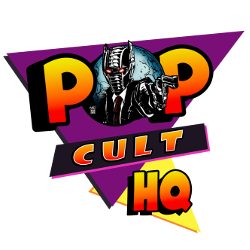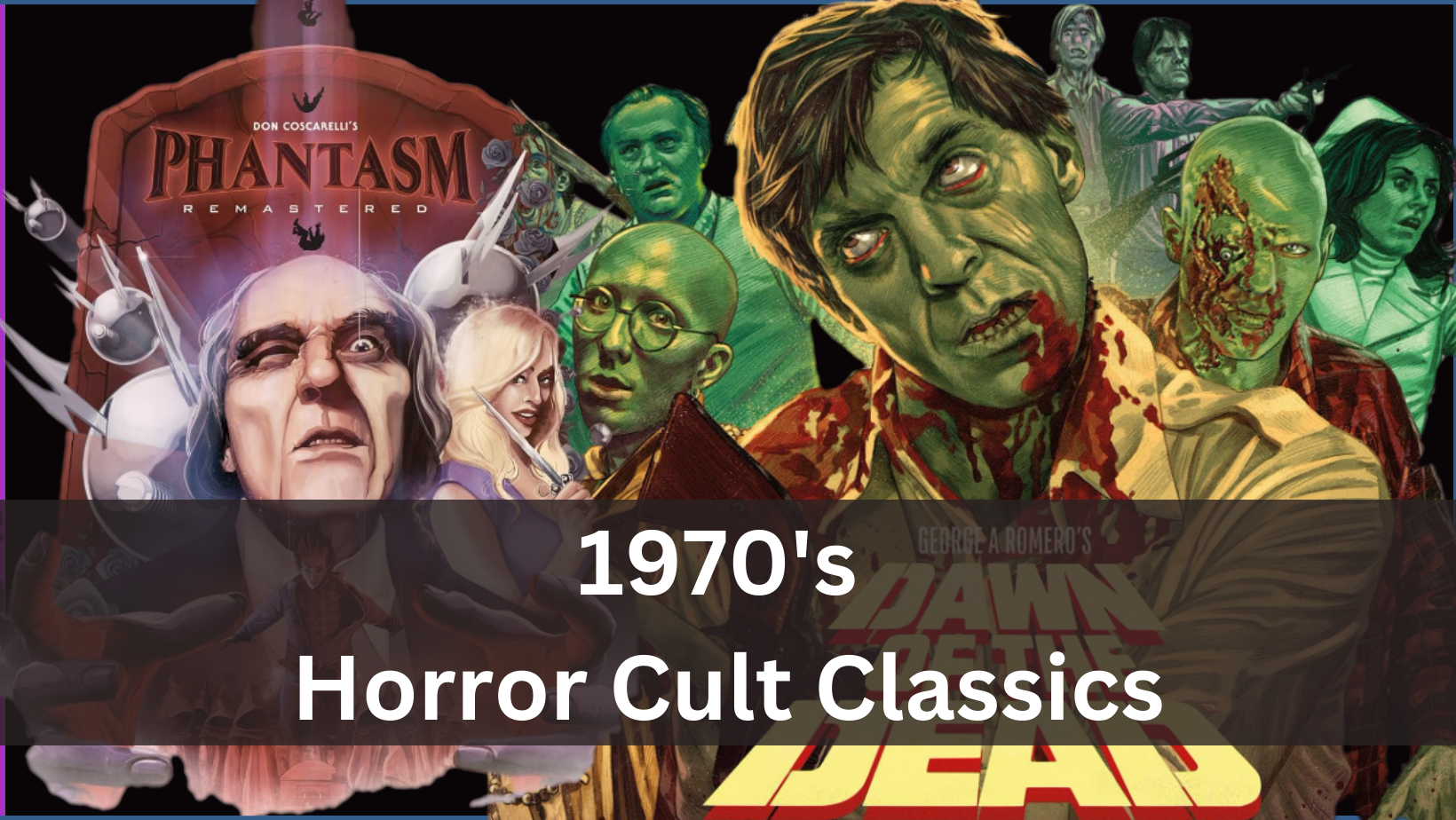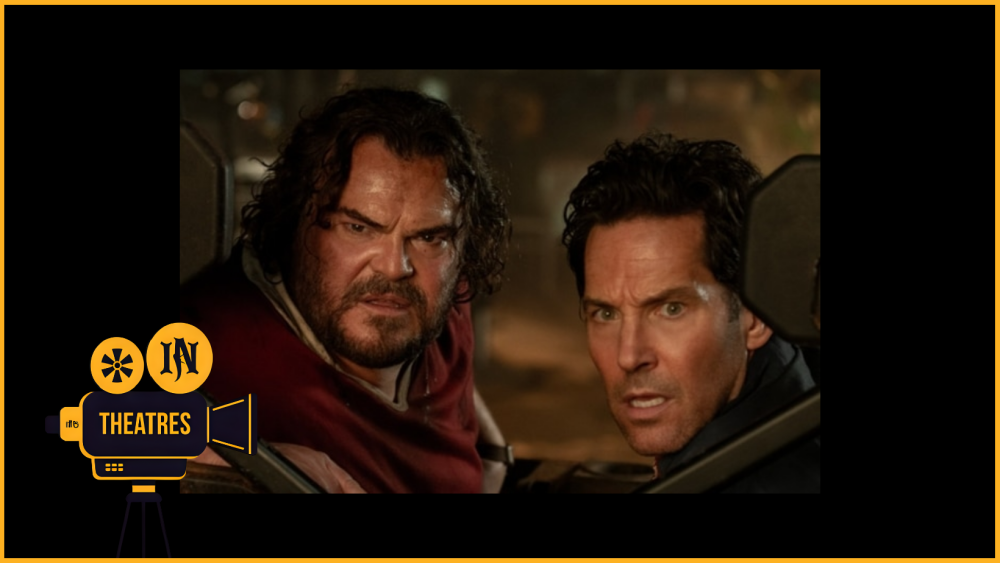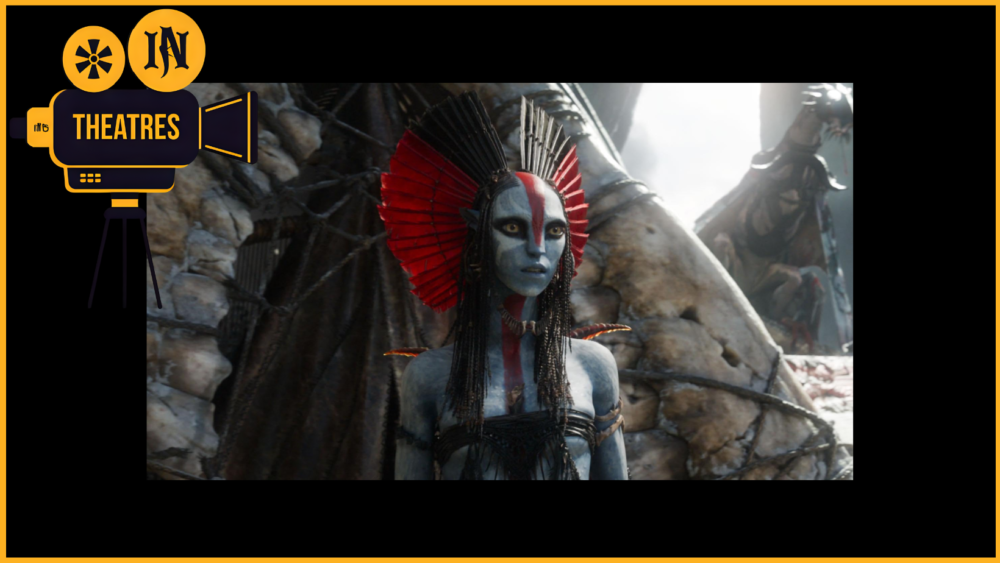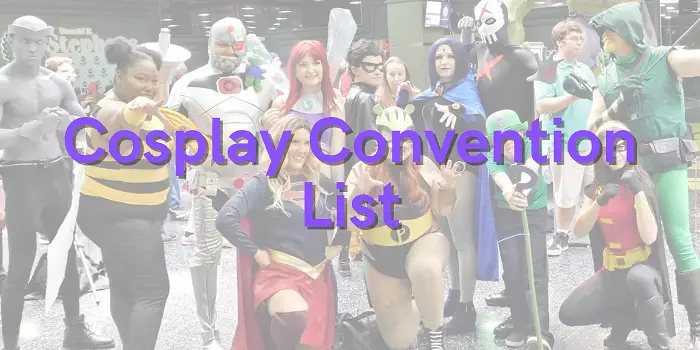The 1970’s gave rise to a slew of iconic cult classic horror movies that continue to send shivers down our spines. This was an era that introduced audiences to chilling tales, unforgettable characters, and groundbreaking cinematography.
If you haven’t encountered the thrill of a good cult classic then you are missing out and here is your primer on some of more popular ones that have withstood the test of time.
Texas Chain Saw Massacre (1974)
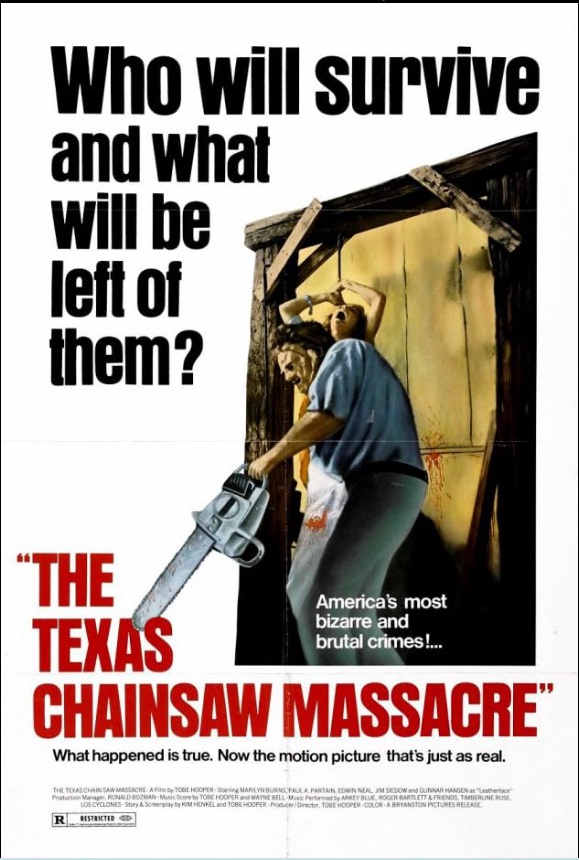
Released in 1974, “The Texas Chain Saw Massacre” is a seminal horror film directed by Tobe Hooper. Regarded as a cult classic, it follows a group of friends who fall victim to a family of cannibals in rural Texas. The film’s raw and gritty aesthetic, coupled with its unrelenting tension, revolutionized the horror genre. Leatherface (Gunnar Hansen), the chainsaw-wielding antagonist, became an iconic figure in horror history. The film’s documentary-like style and visceral intensity shocked audiences, leaving an enduring impact on the slasher subgenre. “The Texas Chain Saw Massacre” remains a benchmark in horror cinema, recognized for its influence and ability to induce primal fear.
Jaws (1975)
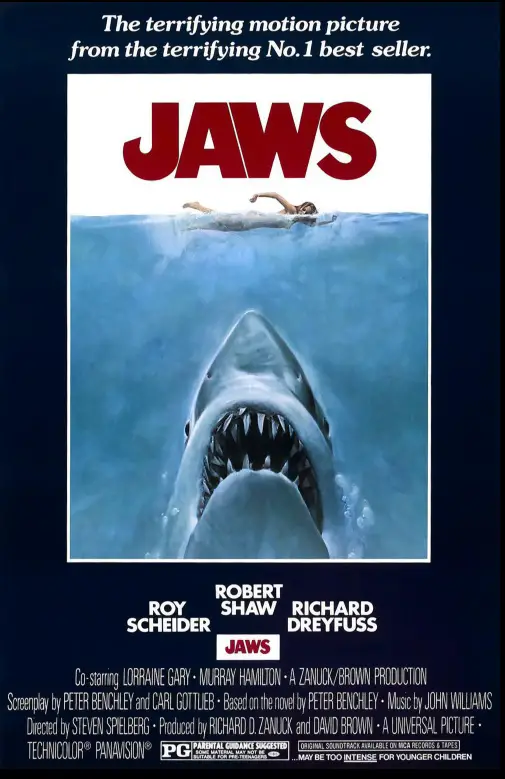
Released in 1975, “Jaws,” directed by Steven Spielberg, is a cinematic masterpiece that redefined the summer blockbuster. Based on Peter Benchley’s novel, the film revolves around a great white shark terrorizing the fictional Amity Island. Spielberg’s expert direction builds suspense through John Williams’ iconic score and the infamous theme. Roy Scheider’s Chief Brody and Richard Dreyfuss’s Matt Hooper contributed to the film’s suspenseful narrative. The film’s success catapulted Spielberg to stardom and solidified the concept of the summer blockbuster. Known for its innovative use of suspense, practical effects, and unforgettable quotes, “Jaws” remains a cultural phenomenon. It not only shaped the thriller genre but also instilled a deep-seated fear of the ocean in viewers worldwide.
Carrie (1976)
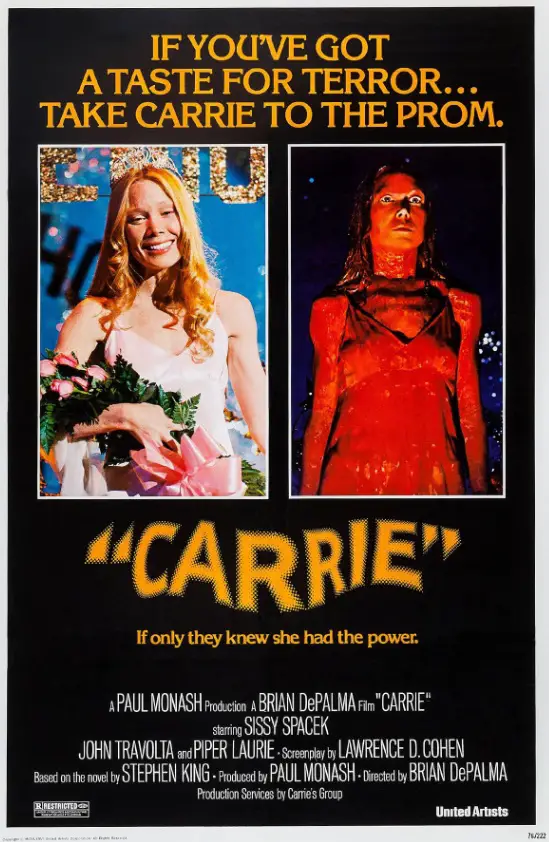
Brian De Palma’s “Carrie” (1976) is a horror classic based on Stephen King’s novel. The film centers on Carrie White, a high school outcast with telekinetic powers, tormented by her classmates and religiously fanatic mother. Sissy Spacek delivers a haunting performance as Carrie, capturing the character’s vulnerability and eventual descent into chaos. De Palma’s direction skillfully blends psychological horror with supernatural elements. The film’s iconic prom scene, marked by a blood-soaked Carrie, remains etched in cinematic history. “Carrie” explores themes of isolation, bullying, and the consequences of unchecked power, leaving an indelible mark on the horror genre.
Suspira (1977)
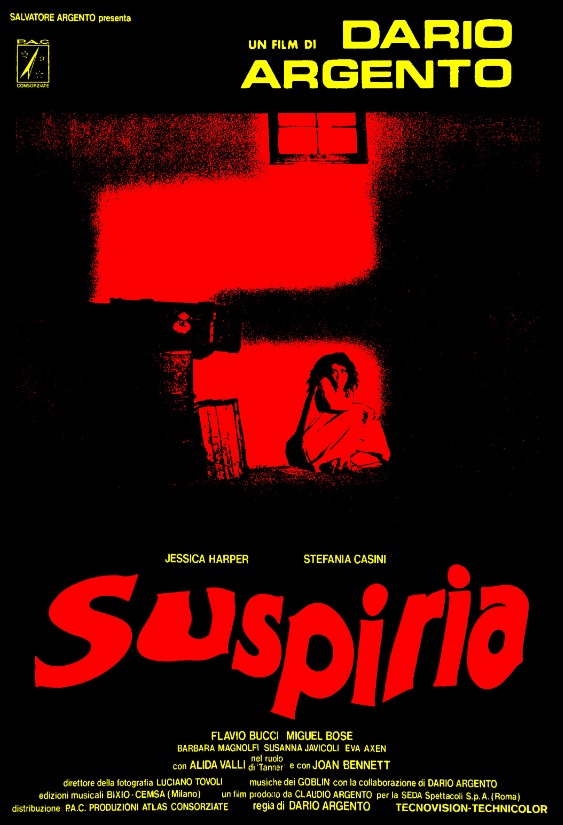
Dario Argento’s “Suspiria” (1977) is a mesmerizing and visually stunning horror film. This Italian giallo masterpiece follows an American ballet student who uncovers dark secrets within a prestigious German dance academy. The film is celebrated for its vibrant color palette, atmospheric cinematography, and an eerie score by Goblin. Argento’s stylish direction creates an otherworldly atmosphere, and the supernatural occurrences unfold with dreamlike intensity. “Suspiria” is renowned for its surreal and nightmarish sequences, making it a cult classic in the horror genre. The film’s artistic flair and sinister narrative have left an enduring impact on audiences, cementing its status as a cinematic gem.
Halloween (1978)
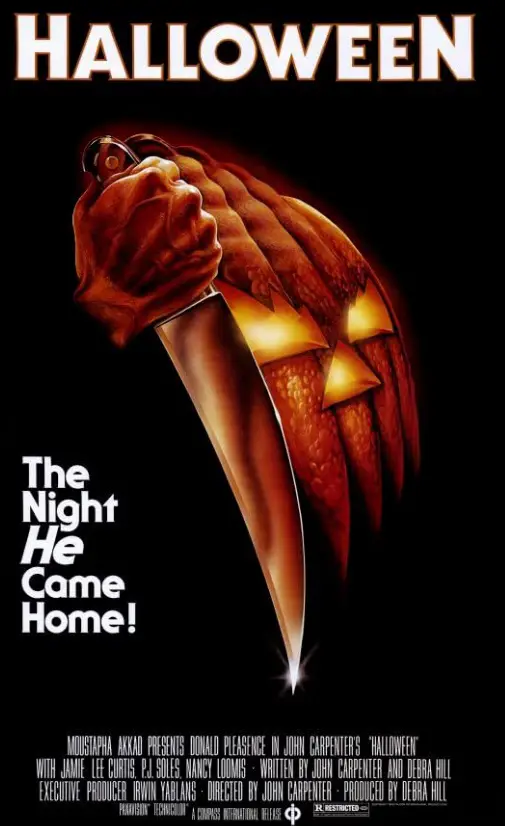
John Carpenter’s “Halloween” (1978) is an iconic and influential slasher film that defined the genre. Set in the fictional town of Haddonfield, the movie follows the relentless pursuit of babysitter Laurie Strode (Jamie Lee Curtis) by the masked killer Michael Myers. Carpenter’s masterful use of suspense, a haunting score, and Jamie Lee Curtis’s breakout performance contribute to the film’s enduring legacy. “Halloween” pioneered the slasher formula, establishing tropes emulated in countless horror films. Michael Myers became a symbol of cinematic terror, and the film’s impact resonates through its chilling atmosphere and Carpenter’s minimalist yet highly effective directorial approach. “Halloween” remains a cornerstone of horror cinema.
Dawn of the Dead (1978)
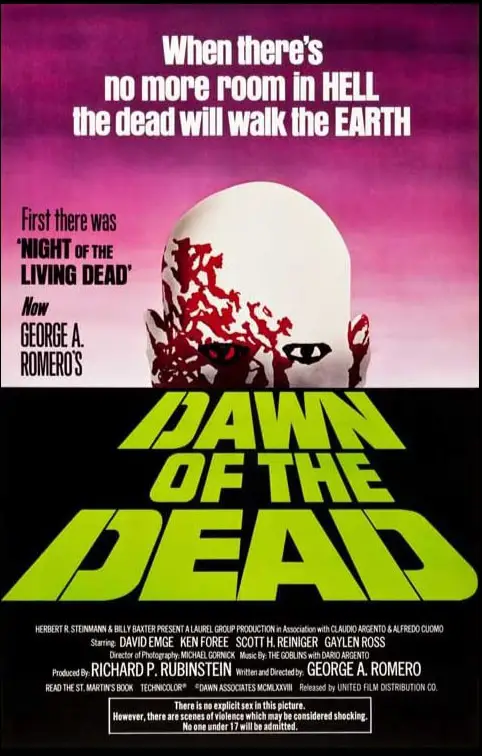
George A. Romero’s “Dawn of the Dead” (1978) is a landmark in zombie cinema, blending horror with social commentary. The film follows a group of survivors seeking refuge in a shopping mall during a zombie apocalypse. Romero’s satirical take on consumerism, coupled with intense gore and practical effects, set a new standard for the genre. The film’s social critique remains relevant, while its inventive use of zombies as a metaphor for mindless consumer behavior adds depth. “Dawn of the Dead” is celebrated for its impact on horror filmmaking, influencing subsequent generations of directors and solidifying Romero’s legacy in the genre.
Alien (1979)
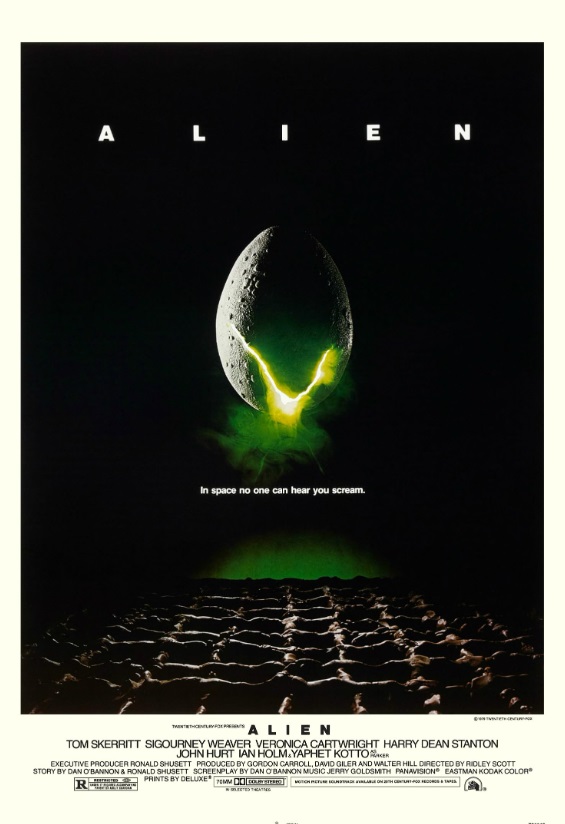
Ridley Scott’s “Alien” (1979) is a groundbreaking sci-fi horror masterpiece that redefined extraterrestrial terror. Set aboard the spaceship Nostromo, the film follows a crew responding to a distress signal on a distant planet. Sigourney Weaver’s portrayal of Ellen Ripley and H.R. Giger’s iconic creature design elevate the film to iconic status. “Alien” masterfully combines tension, claustrophobia, and body horror as the crew encounters a relentless, acid-blooded xenomorph. Scott’s atmospheric direction, Jerry Goldsmith’s haunting score, and the suspenseful pacing contribute to the film’s lasting impact. “Alien” not only revolutionized the sci-fi horror genre but also left an indelible mark on popular culture.
Phantasm (1979)
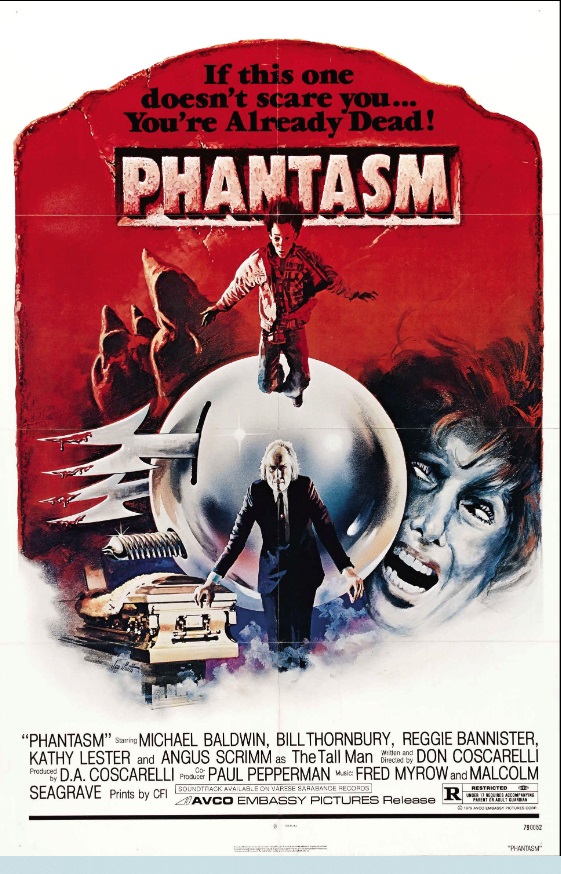
Don Coscarelli’s “Phantasm” (1979) is a surreal and enigmatic horror film that defies conventional storytelling. The narrative follows a young boy, Mike, who discovers sinister occurrences at a funeral home where an otherworldly undertaker, the Tall Man (Angus Scrimm), is transforming the deceased into dwarf-like minions. The film weaves a dreamlike blend of supernatural horror, science fiction, and psychological elements. With its eerie atmosphere, bizarre imagery, and an unforgettable silver sphere weapon, “Phantasm” stands out as a cult classic. The film’s unconventional narrative and haunting visuals have garnered a devoted fan base, making it a unique and enduring entry in the horror genre.
Amityville Horror (1979)
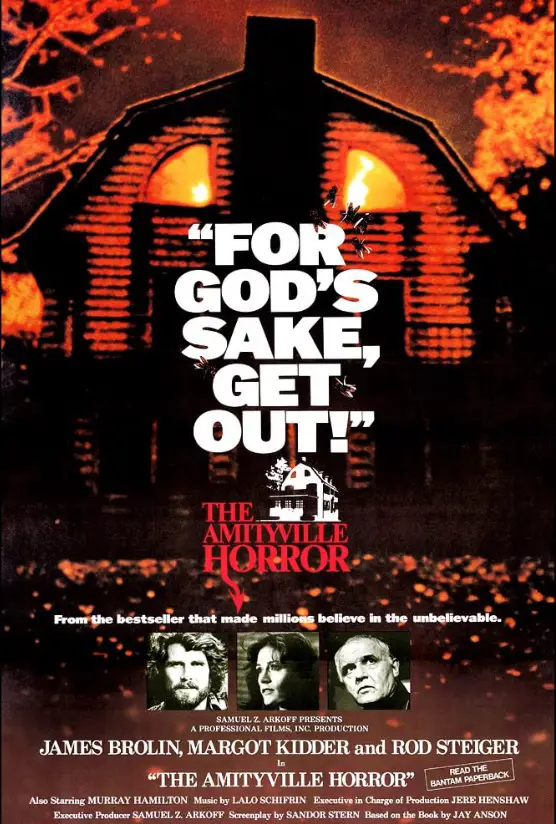
“The Amityville Horror” (1979), directed by Stuart Rosenberg, is a chilling supernatural horror film based on Jay Anson’s novel. It recounts the terrifying experiences of the Lutz family who move into a haunted house with a dark past. As paranormal activities escalate, the family faces malevolent forces, including visions and demonic entities. James Brolin and Margot Kidder deliver compelling performances, heightening the film’s sense of dread. Inspired by real-life events, the film became a cultural phenomenon, spawning numerous sequels and adaptations. “The Amityville Horror” remains a cornerstone in the haunted house subgenre, captivating audiences with its atmospheric tension and unsettling narrative.
The Exorcist (1973)

“The Exorcist” (1973), directed by William Friedkin, is a landmark in horror cinema. Adapted from William Peter Blatty’s novel, the film centers on the possession of a young girl named Regan. As her mother seeks the help of two priests, the narrative delves into the battle between good and evil. The film’s atmospheric tension, disturbing imagery, and groundbreaking practical effects, including Linda Blair’s iconic head-spinning scene, shocked audiences. “The Exorcist” remains a cinematic powerhouse, lauded for its psychological terror and exploration of faith. It not only defined the possession subgenre but also stands as a testament to the enduring impact of visceral horror.
These 10 films do not represent the ultimate list of horror cult classics of the 70’s, it just represent some of them. These are some of my favorites. Other movies you might want to check out include “The Omen”, “Don’t look Now”, and “Invasion of the Body Snatchers”.
Enjoy Cult Classic Horror then why not check out a local horror convention and get a chance to meet some of the cast and crew of these great movies.
PopCultHQ.com is an affiliate and will make a small percentage off sales on this site.
